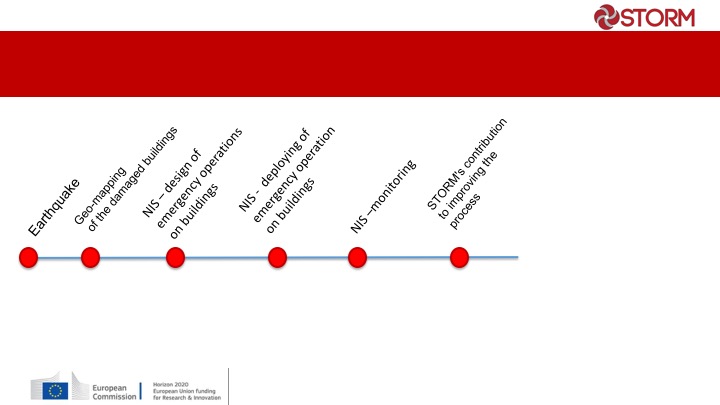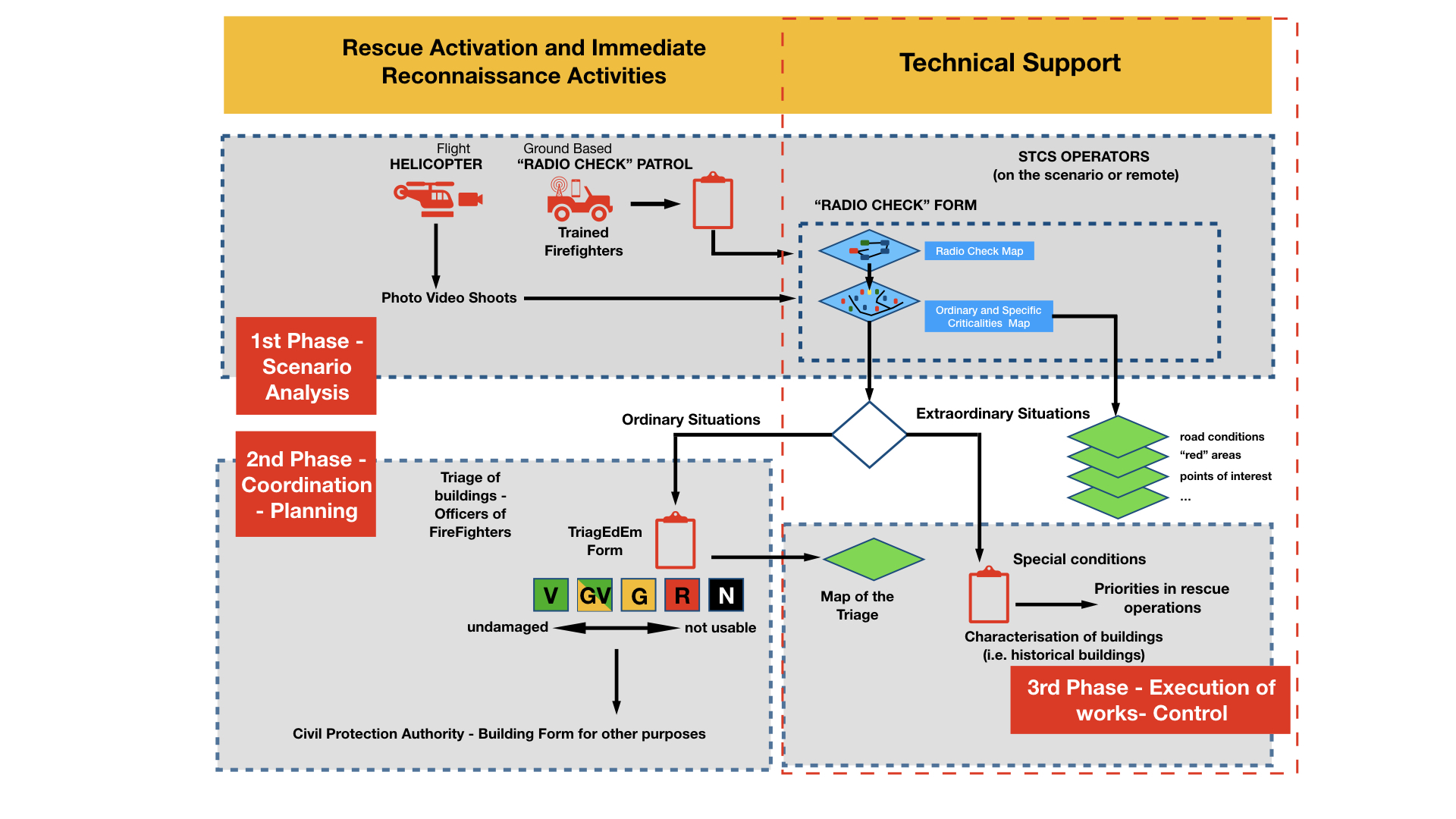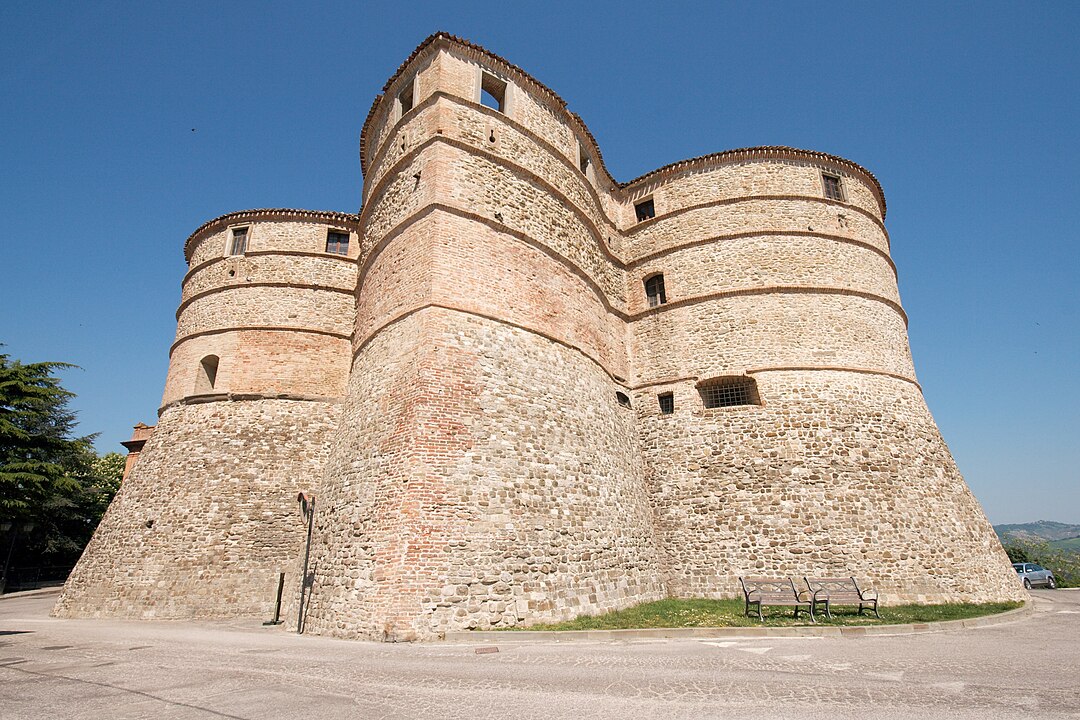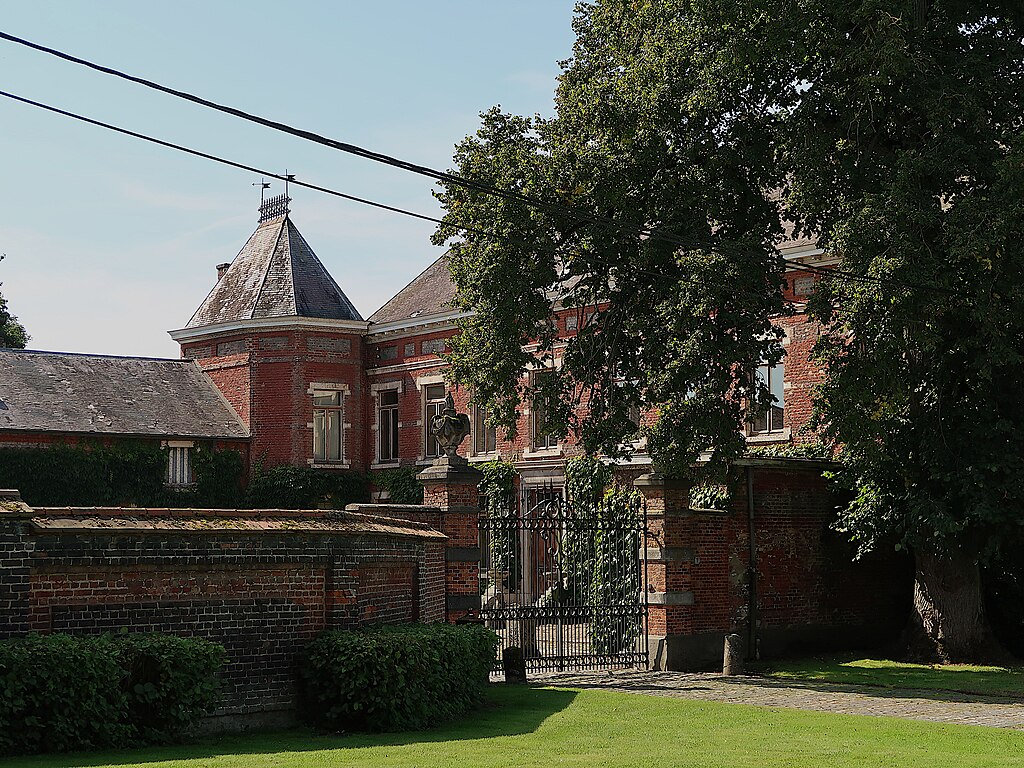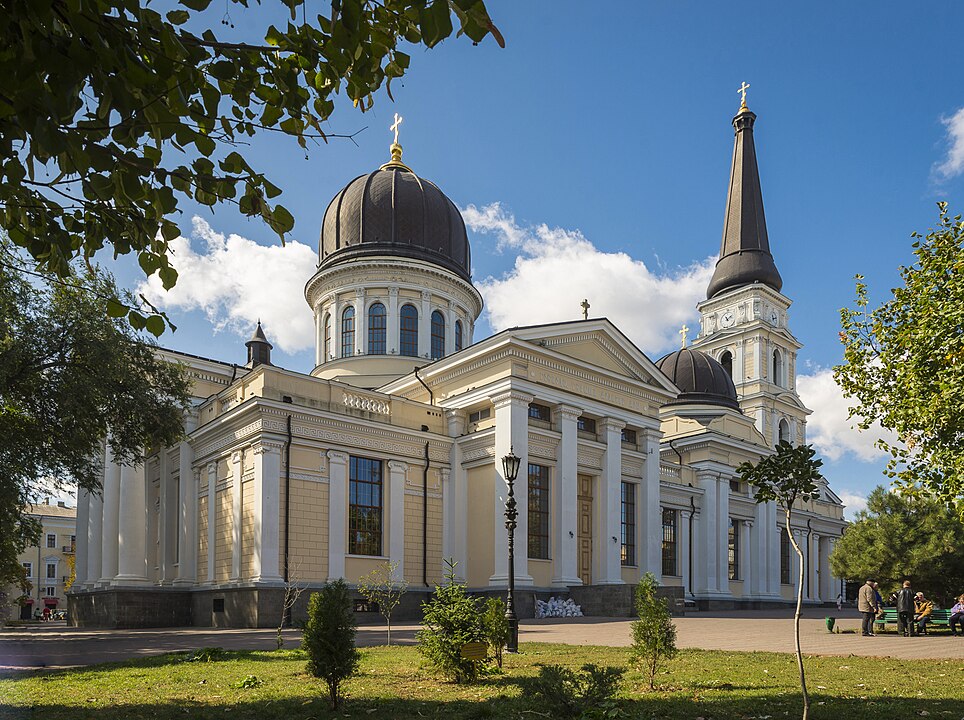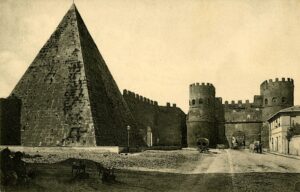Complexity of Rescue in Historic Towns Operations after Earthquakes
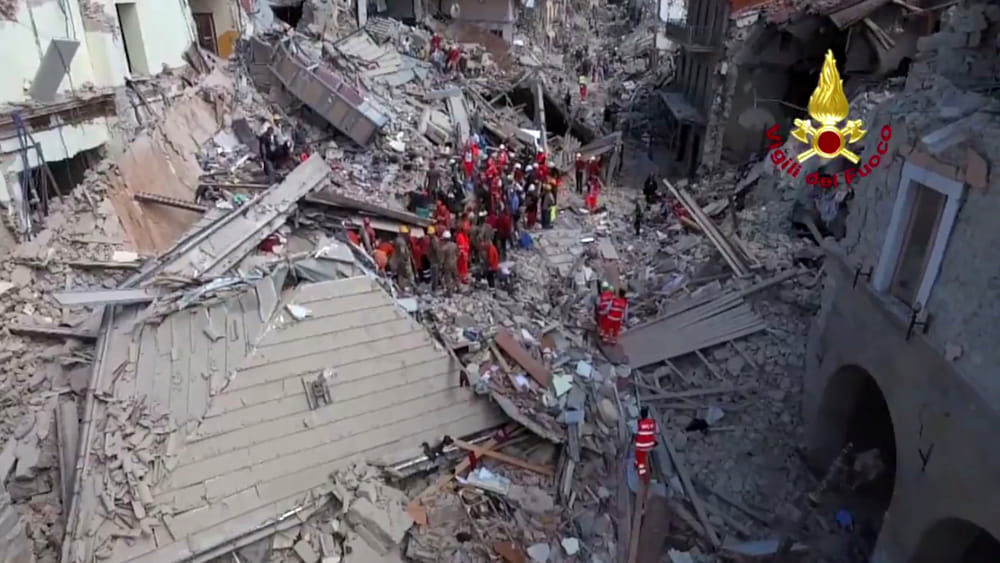
When an historic center, a town or a district, is hit by an earthquake, managing the securing operations may reach an high degree of complexity. Different organisations, large number of engineers, cultural heritage experts and workers need to operate at the same time as fast as they can.
When an earthquake strikes an historic center, town, or district, managing securing operations can become highly complex. Numerous organizations, a large cadre of engineers, cultural heritage experts, and workers must coordinate their efforts simultaneously and swiftly. The supply chain can face delays due to interference with other civil protection processes occurring in the same area and timeframe. Consequently, recovering a significant number of historical buildings poses challenges in terms of organizing and managing complex relationships among the various entities involved in town administration, Cultural Heritage conservation, and rescue organizations.
A presentation by Dr. Eng. Davide Pozzi (CNVVF) for the STORM project during the Venaria Reale meeting on May 26th, 2017, in Turin, Italy, underscores the intricacies of organizing rescue activities when cultural heritage artifacts are at stake.
Italy, given its abundance of historical buildings and artifacts, has a structured central authority dedicated to the conservation of any historical, monumental, or cultural asset, tangible or intangible (the Ministry for Cultural Heritage – MiBACT). When facing an earthquake, the main authorities involved in emergency management are depicted in the following image.

The image below shows that a cooperation between local (town and regional administrations) and central authorities (MiBACT and the Corpo Nazionale dei Vigili del Fuoco – CNVVF that is the National Fire and Rescue Service) is needed in order to let the specialised resources sent by national administrations work in the scenario according the local needs.
The legal basis of the rescue operations can be summarised in the following rules:
- Law 24 February 1992, n. 225
- Legislative decree 139/06
- MiBACT directive 23.4.2015
- Circular letter CNVVF – DC.EMERG. 07/2015
The operational procedures are based on the following documents:
- TRIAGE.dEm.
- Schede STOP (“Shoring Templates and Operating Procedures for the support of buildings damaged by earthquakes”)
- Information Technologies Applications: CAP-ITEM – SO115 – Stat-RI – TAS, CDV
The coexistence of different regulations and specific operational procedures implies a complex architecture of tasks and duties that can be explained in the following image.
The phases of the rescue operations
First Phase
The CNVVF deploys after the earthquake the RECS (Recognition Expert for Strategic characterization) units. One of their main tasks is photographing the state of the places (for example, with UAVs) in order to share with the local and central control rooms a fast-preliminary survey. RECS locate:
- “focus points”, (characterizing the structural weaknesses and geomapping the territory)
- the critical issues that may affect the use of streets and spaces
- the prioritization indicators in order to programme rescue operations
- the critical situations to be monitored
The RECS unit operates independently. At the end of this phase, each RECS unit proposes the eventual activation of the next phase (NIS)
Second Phase
The unit called NIS (Special Interventions Unit) is established within the control of the Commander of epicentre scenarios and is organized by areas of competence (cultural heritage , critical infrastructure, industrial activities and strategic sites, particularly complex scenarios, etc.). The task of such units are:
- analysing and plans the implementation of special technical countermeasures processes (temporary works, safety measures, etc.) and verifying the feasibility when such plans are proposed by third parties;
- ensuring, in case of natural disasters, timeliness and effectiveness of interventions for the protection of cultural heritage;
- ensuring synergy and coordination, according to specific procedures, between the joints of the Ministry, the National Service of Civil Protection and other bodies responsible for emergency management.
The National Coordination Unit of the Ministry for Cultural Heritage (UCCN-MiBAC) is then established to work with the General Secretariat for:
- ensuring coordination between the central and territorial structures of the Ministry with external national institutions, providing for the necessary activations;
- ensuring the application of operational procedures approved for the intervention teams, in the operations involving the cultural heritage (audit, profiling, put in security, recovery and removal, storage, removal and relocation, restoration, etc.);
- monitoring the safety operations and consolidation activities;
- identifying the IT for the various activities;
- identifying how sharing of geo-referred information with the institutions involved.
In particular, the IT architecture deserves to be thorough. In fact, it must be modeled on the complexity of operations. This complexity depends on the territorial extension of the event and on the need to co-ordinate the urgent operations to be carried out within the first responders (in Italy, the CNVVF) and between rescuers and bodies responsible for the protection of cultural heritage. The following image shows the explains the operation and information flow.
Conclusion
Large scale events involving Cultural Heritage needs Information Technology resources and trained First Responders. Moreover, the coordination of several multi-disciplinary teams and the data exchange between the Authorities involved in the protection of Cultural Heritage and in Rescue has to be addressed with care before the events, since the operational needs during the emergencies could pose overwhelming problems.



